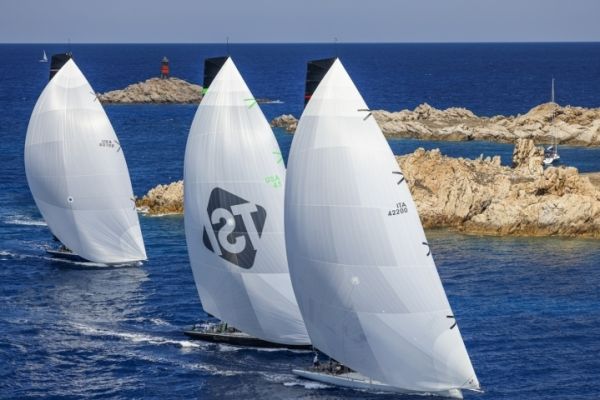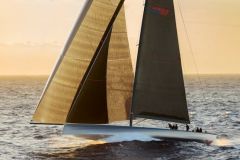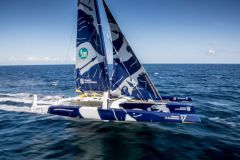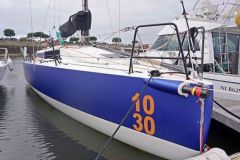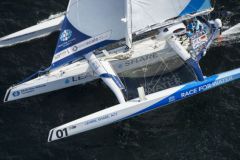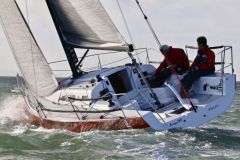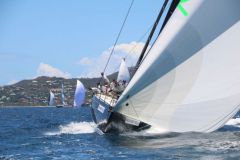The development of inshore and offshore regattas
In the 19th century, commercial motivations drove the clippers to return as quickly as possible from China to be the first to market their cargoes of tea. At the same time, coastal regattas, such as the America's Cup and its first edition in 1851, and offshore with the Transatlantic Race in 1866, began to develop. By the end of the 19th century, the boats evolved into pure racing yachts, thanks to the will of owners and pioneering designers, such as Herreshoff nicholson or William Fife . They have produced many boats over 100 feet in J Class in the 1930s.
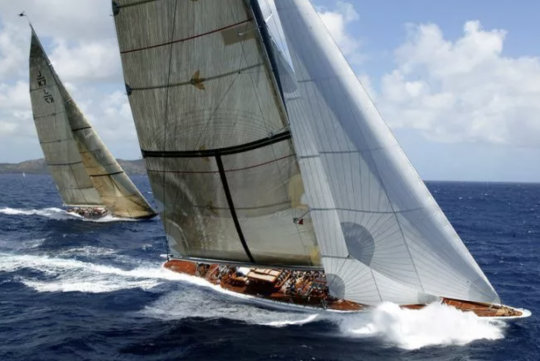
The modern era of Maxis in the 1960s
The modern era of Maxis began in the 1960s, with the design of Stormvogel for the Dutchman Cornelis Bruynzeel imitated by Americans like Huey Long with Ondines or Jim Kilroy and Kialoas . Their Maxis raced around the globe, on the Newport Bermuda, the Transpac, the Fastnet, the Sydney Hobart or Cape Town - Rio.
It is in this context that the International Class A Yacht Association was created on August 6, 1979, to encourage racing and yachting enthusiasts to build boats and organizations to launch races throughout the world. For the anecdote, it was none other than Baron Edmond de Rothschild, owner of Gitana VI, who was appointed president.
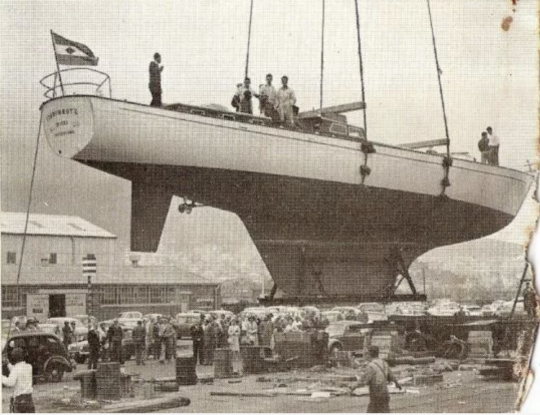
Birth of the A-class, the Maxi Yacht class
The A Class referred to maxi yachts with a rating of 60 to 70 feet under the IOR gauge, used at that time. However, the majority were 80 feet with a displacement of 35 to 40 tons. Known to be the largest racing yachts, Maxis always have the best chance of finishing first. Fast enough and with good ocean capabilities, they became the boats chosen by the pioneers of the Whitbread Round the World Race, the forerunner of The Ocean Race, between 1973 and 1993.
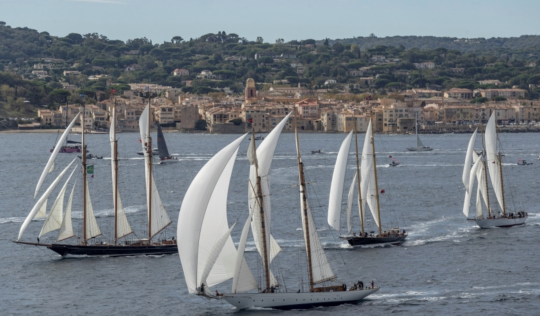
Modern yachts and a new rule
Following the disappearance of the IOR rule and the creation by the Offshore Racing Council of an international class for Maxis in 1994, new owners decided to join the circuit. The 90's also saw the creation of a new type of Maxis, designed by Luca Bassani, the Wally Yachts, with the construction of Genie of the Lamp and Magic Carpet . These fast racing-cruising yachts have breathed new life into the Maxi class, combining state-of-the-art technology and performance with a certain style that is unique to the brand.
During the 2000s, the Maxi Class came under the IRC rule and the International Class A Yacht Association renamed simply International Maxi Association. The IRC was finally adopted in 2008. This resulted in a diversification of the fleet in terms of size, performance and age of boats.
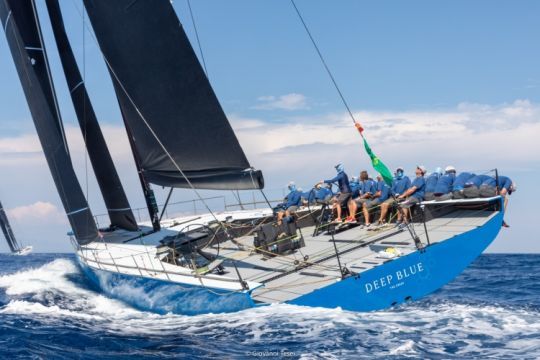
Technological designs
Today, the architects design the best possible boat in response to a precise set of specifications. They let the IRC decide on its rating. Compared to their IOR ancestors of the 1980s, modern racing Maxis are generally around a third of the displacement, fuller at the ends, and built with advanced materials. Carbon fiber, used only for hulls, has been extended to masts and spars, sails and even rigging. Mobile ballast, liquid ballast and pendulum keels are now allowed.
Some Maxis, like the 60-foot Reichel/Pugh design, Wild Oats, have retractable DSS side foils for better righting torque. The next evolution may well see Maxis with foils.
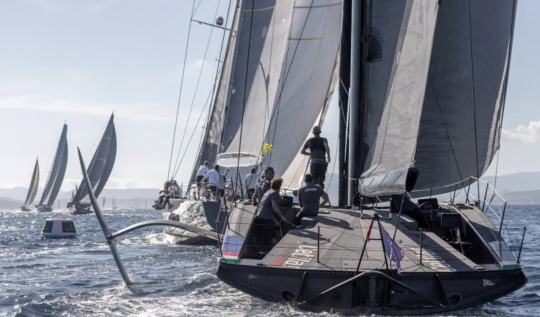
A maximum size for some regattas
The size of modern Maxis starts at 60 feet, with no theoretical size limit. Although 100 feet, or 30.48 m long, has been considered the maximum size for racing, and the maximum size for racing in the Sydney Hobart and Newport Bermuda.
Some Maxis are however larger like Mari Cha III and IV, renamed Samurai. Today, the largest yachts, between 120 and 125 feet, are built by Baltic Yachts, Southern Wind and Nautor Swan.
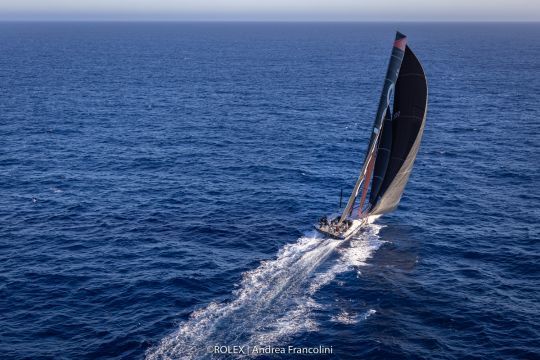
Unique designs and semi-custom projects
Within the class, there are all types of Maxi yachts, from pure racers to racing cruisers. Some, especially those intended solely for racing, are unique in design. The majority are semi-custom production models from Southern Wind, Nautor Swan, Vismara, Mylius, CNB.
In view of the maturity of the class, the fleet includes large age differences between the boats. One of the good surprises was the rebirth of the J Class, the first Maxis of the 1930s. Today, nine of them are sailing, some of them originals, most of them are new creations based on the original plans. The Swan 65s are also very popular, one of them having won the first Whitbread Round the World Race.
